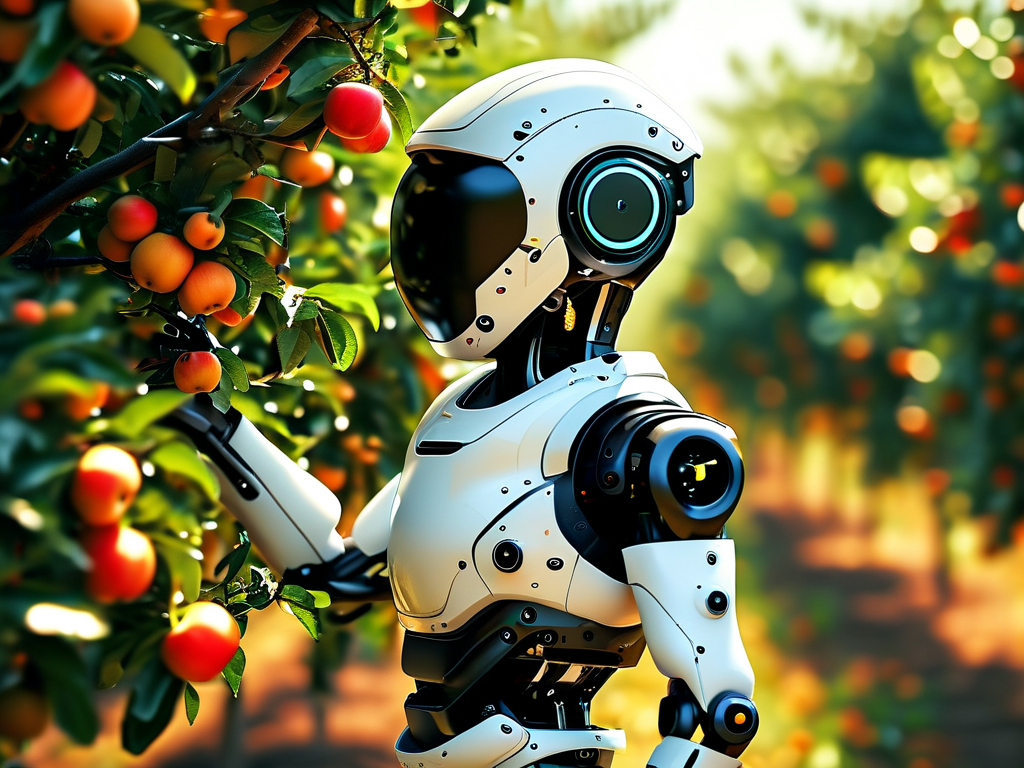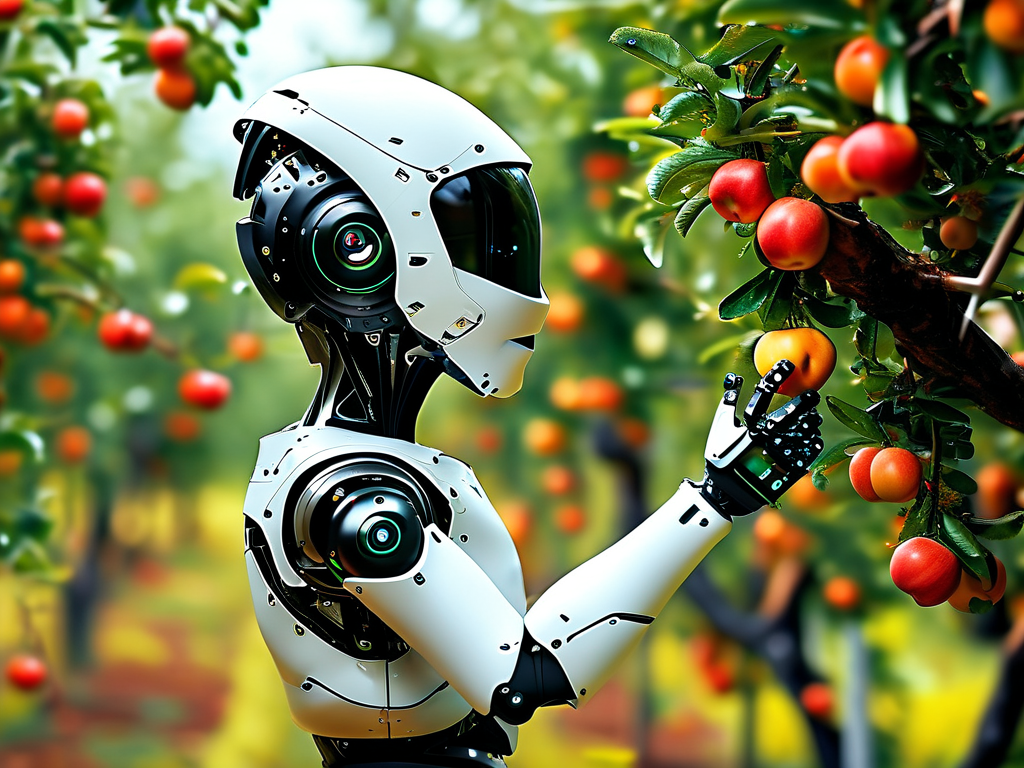The agricultural sector has long faced challenges in labor shortages, seasonal dependencies, and rising operational costs. In recent years, automated harvesting robots have emerged as a groundbreaking solution, blending advanced robotics with artificial intelligence to address these pain points. This article explores the technological innovations behind these systems, their real-world applications, and the transformative impact they bring to modern farming.

Core Technologies Driving Automation
At the heart of automated harvesting robots lies a fusion of computer vision, machine learning, and precision mechanics. High-resolution cameras and LiDAR sensors enable robots to identify ripe produce by analyzing color, size, and texture. For instance, strawberry-picking robots use spectral imaging to distinguish between ripe and unripe berries with 95% accuracy. Machine learning algorithms further refine decision-making, allowing robots to adapt to variations in crop layouts or environmental conditions.
Mechanical components are equally critical. Multi-axis robotic arms equipped with soft grippers mimic human dexterity, minimizing damage to delicate fruits like tomatoes or grapes. Some systems employ vacuum-based suction to handle leafy greens, while others utilize cutting mechanisms for stem separation. These technologies are often integrated with autonomous mobile platforms—self-driving vehicles that navigate fields using GPS and obstacle-avoidance systems.
Applications Across Crops and Climates
Automated harvesting isn’t limited to a single crop type. In California’s almond orchards, robots shake trees with calibrated force to dislodge nuts without harming branches. Dutch greenhouse operators deploy cucumber-harvesting robots that work 20 hours daily, doubling output compared to manual labor. Even vineyards in France are testing grape-picking robots that operate nocturnally to preserve fruit quality in cooler temperatures.
Emerging markets are also adopting this technology. In Japan, where aging farmers struggle with labor shortages, strawberry-picking robots now handle 40% of harvests in pilot farms. Similarly, Australian agribusinesses use automated systems to harvest mangoes, reducing waste by 30% through precise ripeness detection.
Economic and Environmental Benefits
Adopting robotic harvesters slashes labor costs, which account for up to 50% of farm expenses in developed nations. A case study from Spain’s citrus industry revealed a 35% cost reduction over three years post-automation. Moreover, robots operate continuously without breaks, accelerating harvest timelines and reducing spoilage—a critical advantage for perishable crops like berries.
Environmentally, these systems promote sustainable practices. Precision harvesting minimizes chemical usage by targeting only ripe produce, while electric-powered robots cut diesel consumption in fields. A 2023 study by the University of Wageningen showed that automated farms reduced pesticide runoff by 22% compared to conventional methods.
Challenges and Future Directions
Despite progress, hurdles remain. High upfront costs ($100,000–$500,000 per unit) deter small-scale farmers, though leasing models are gaining traction. Technical limitations persist in handling irregularly shaped crops like asparagus or artichokes, requiring ongoing R&D.

The next wave of innovation focuses on swarm robotics—coordinated fleets of smaller robots working in tandem. Researchers at MIT recently demonstrated a team of 10 grape-sized robots that collaboratively harvest cherry tomatoes, achieving 90% efficiency. Meanwhile, AI models trained on global crop datasets aim to create universal harvesting systems adaptable to diverse agricultural ecosystems.
As climate change intensifies, the role of automated harvesting robots will expand. From vertical farms in urban hubs to drought-resistant crop systems in arid regions, this technology is redefining what’s possible in agriculture. With projections suggesting a $20 billion market by 2030, the fusion of robotics and agronomy promises not just efficiency, but a resilient food future.









